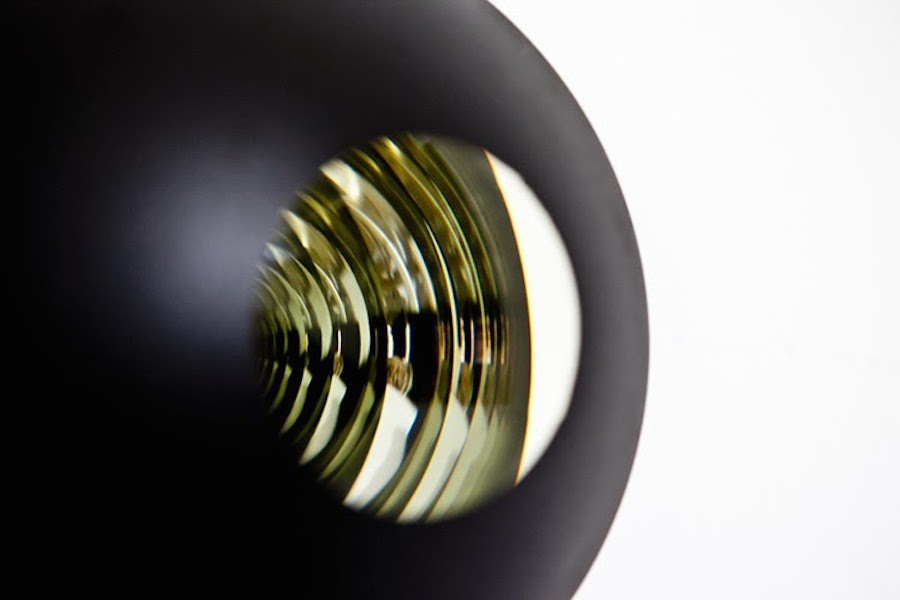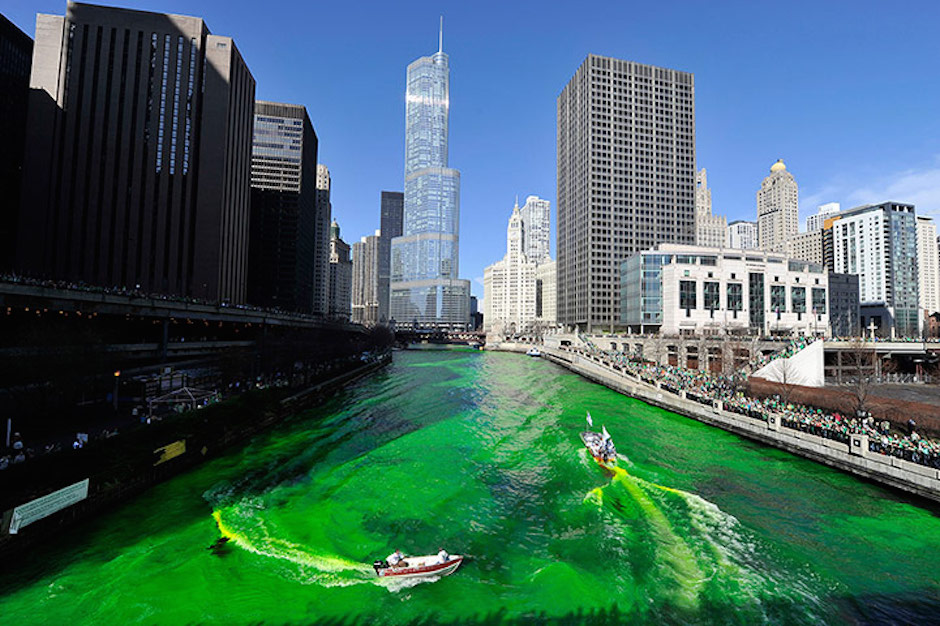Author: Elena Cué

Olafur Eliasson (Copenhagen, 1967), who this year was on the verge of winning the Princess of Asturias Award for arts in a tight battle with the winner, the cinema producer Francis Ford Coppola, is one of the most outstanding of the multidisciplinary and experimental artists of present times. He has exhibited at the best contemporary art museums of the world, such as the Tate Modern in London (2003) the Museo Nacional Centro de Arte Reina Sofía in Madrid (2003) and the Modern Museum of Art (MoMa) of New York (2008).
Olafur Eliasson, a visual artist known for his experimental installations, sculpture, photography and cinema, is a creator who finds inspiration in certain motifs and ideas of the recent German philosophy, ideas he tries to put into practice in his work. Following this inspiration, his purpose is therefore not limited to creating works of art and experimenting along the already consolidated habitual modes. He wants much more. He aspires to educate the spectator to open to new forms of perception and understanding of the world through his participation and inclusion in the work of art. He stimulates his perceptions and sensations to see reality from other prisms and to have new experience and knowledge of his own subjectiveness.
A work of art is only complete when there is interaction between it and the spectator, when the spectator brings in their experience and interpretation to also become the creator of the work. This reception aesthetic is therefore already far removed from the concept of work of art as ”work in itself,” in other words in that in which there would only be a place for a single concept and a single suitable interpretation, that of the meaning given by the author. Eliasson’s work, on the other hand, is fed by the plurality of meanings given by the spectator.
What Eliasson suggests is a transformation of the way we observe reality, a becoming aware of our prejudices and conditioners to open to another way of relating to it. If we do not dismantle our world as we perceive it and understand through our interaction with it through our space-time configuration, by projecting our concepts, emotions and sensations on it, we will never be able to open to experiencing other worlds.

One example of it would be his splendid The Weather Project (2013): an immense nightfall is reproduced in the Turbine Hall of the Tate Modern in London, and which is designed so that visitors might experience not only the importance of the weather in our survival since time immemorial and in the formation of our social structures, but also the relationship between existential time and our limitations as finite subjects.
Here artist and work blend at the time when the observer interacts with the work and enters it to create a common “now” between artist and spectator. Experiencing the “now” for visitors is therefore the result or remembering the past (the artist’s conception, their own past experiences) and of anticipating the future (the meanings and projections suggested to them), thus becoming the “now” on the crossroads of both time dimensions.
In 1995, this artist created the Olafur Eliasson Studio in Berlin, in which around 90 people between architects, engineers, graphic designers and historians of art experiment, investigate and produce works developed with elements such as light, water, colour, space... However, the fundamental figure of this creative group in recent years was the recently deceased engineer and mathematician Einar Thorsteinn. Olafur attempts to synthesise art and science as the great artists of the Renaissance did.
The characteristic thing about this artist is therefore that he understands the world from the Kantian perspective of the configuration of reality by the subject who projects his subjective setups to give a cultural meaning to the world. Therefore, with his art he tries to nurture another kind of view of the world with new perceptions and sensations.
Sometimes, through his visual games, an experience can be produced of pure sensations, in other words, one that is not reflexive and manages to bring spectators out of themselves to be measured in the work, or which can cause the active participation of the subject in it. Then the importance is seen of the spectator who interacts with the work with their multiple interpretations.

The installation of four waterfalls on the East River in Manhattan (New York Waterfalls) or using ephemeral green ecological pigments to dye the waters of Stockholm, Tokyo, Los Angeles or Norway, amongst others (Green river), reveals the will to exercise our senses towards other possibilities of perceiving and experiencing this other reality configured by the effects of our cultural intervention on it.

This artist’s proposal is to go beyond the traditional role of art in our culture, when we relate to it according to the subject-object setup. His aim is to enter an experience of the creation of culture through art, which is not just the work of a creator, an artist in this case, but also that of the receivers of these works that are not complete if they do not project meanings on the works to complete them with their interpretations. In this sense, the spectator forms part of the work, is inside it like these boats on the river’s green waters and the visitors entering the artistic dusk of The Weather Project.



